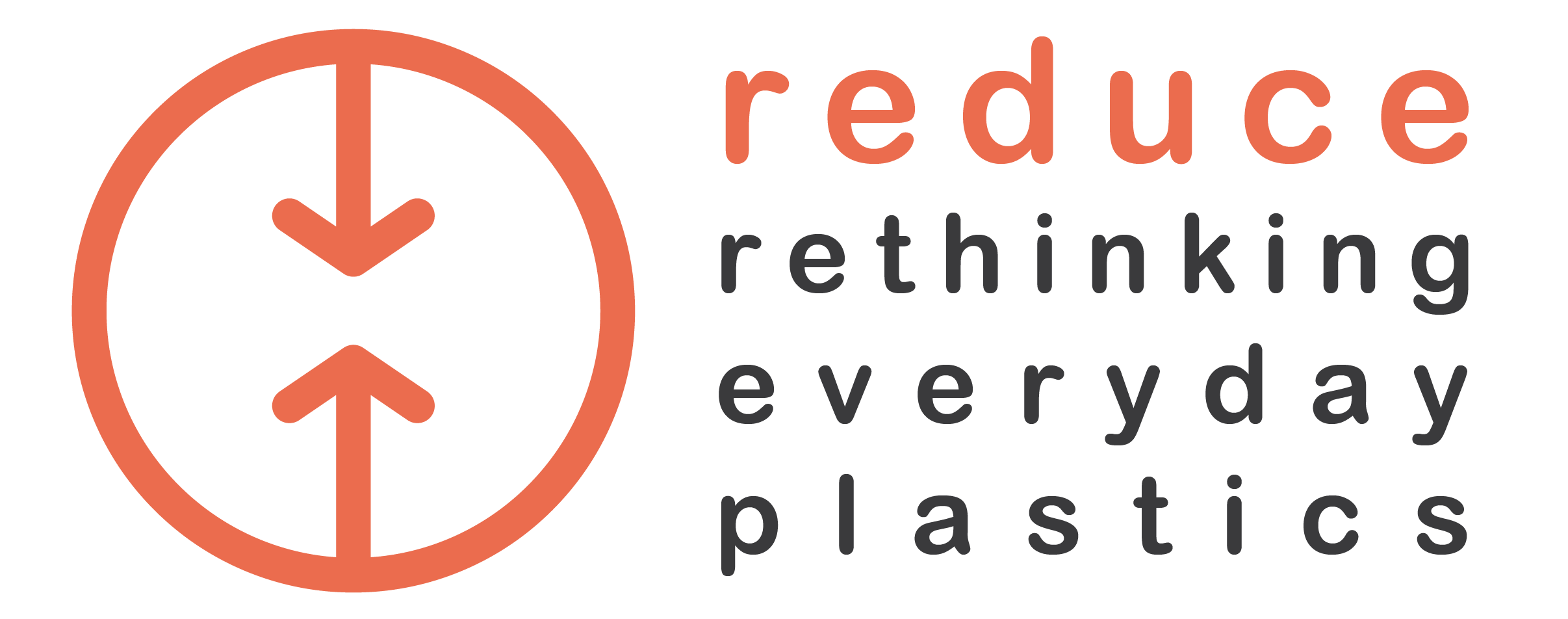Newsletter 2022/01
The first six months of the project have passed and we are well underway. The workshop in April with our partners in business and other organizations yielded a lot of interesting discussions and gave our researchers much to work with in preparing for and conducting the research activities that are going on this year. Thanks to the inclusion of the experimental method “A day with plastics” in our workshop, our researchers working on WP2 Plastic Practices, got a lot of valuable feedback and insights. Particularly related to the level of direction that should be aimed for in the instructions for participants. For instance, regarding when and where images of plastic items should be made.
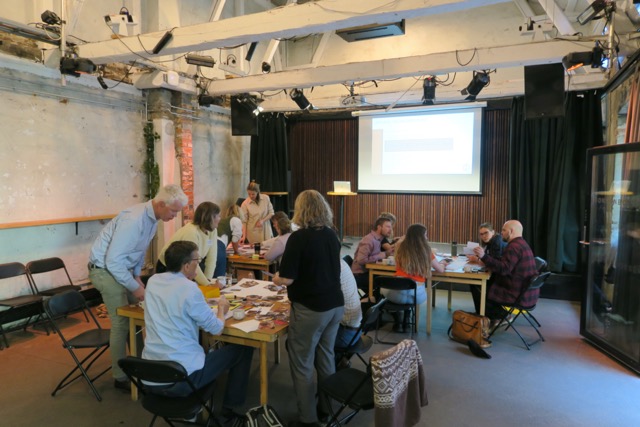
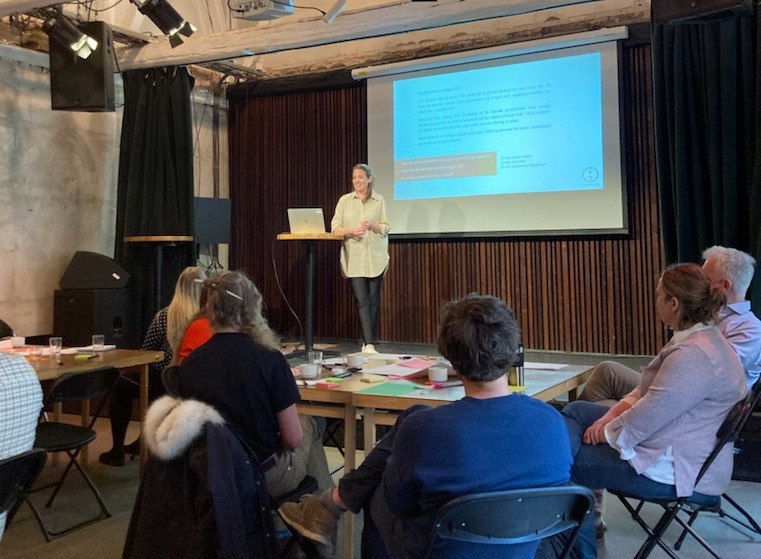
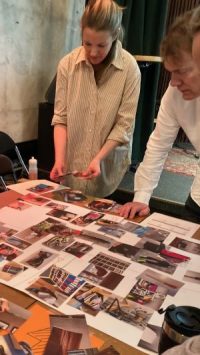
“A day with plastics” is a method that we are developing to create new knowledge on how plastic products are integrated into our everyday life, and what they mean to our everyday practices. It is a qualitative participatory research method, meaning that participants are taking part in gathering data through photographing the plastic objects they encounter during a normal day. The method will be applied when conducting focus groups in September/October. Since Nina is going on parental leave in August, our new colleague Atle When Hegnes will step in for her and lead WP2 while she is away. We are also happy to welcome PhD candidate Ayse Kaplan, who is coming to join the project in August/September this year.
There has also been a lot of activity in other work packages as well. In WP1 Policies & Regulations, we are currently compiling relevant political documents on the EU level and developing a framework for analysis. Unsurprisingly, many of these documents address packaging and single use plastic in general. Microplastics and textiles are the most recent topics added to the plastics discourse. In WP3 Systems Oriented Design, we are currently collaborating with HTS BeSafe, CleanCup and Friends of the Earth Norway to bring REDUCE into the master level course Visualizing Complexity that is running at OsloMet this fall. The idea is that students will get the opportunity to work on issues of interest both to themselves, to the partners of REDUCE and the project itself. The course is about gathering as much knowledge about a topic as possible, visualizing that knowledge as elements of a system (in a Giga Map), and then using that visualization to improve the knowledge through co-creation. Below you can see a Giga Map that OsloMet design students did last fall in collaboration with REDUCE. Read more about it and view the map in detail here.
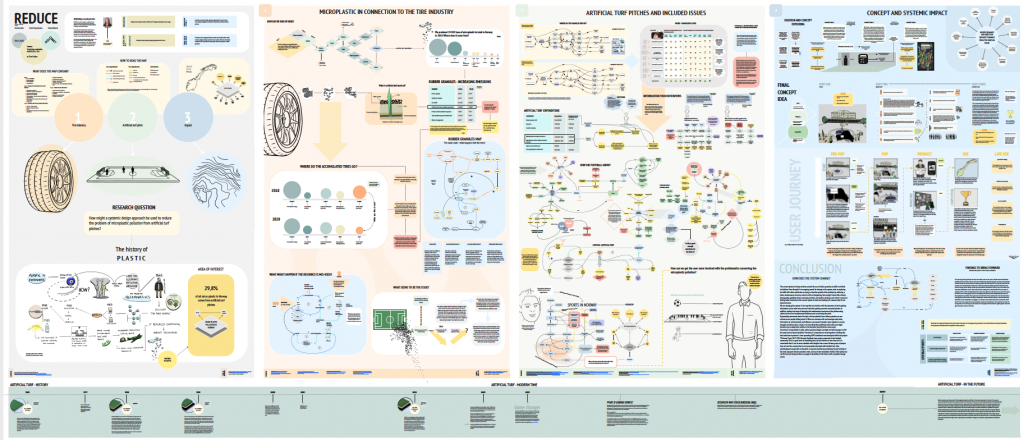
By using the map as a starting point for discussion – all relevant stakeholders can have their say and suggest changes to the map. In this way, we can arrive at a map that more accurately describes the current state of a system. The aim is to use this knowledge to find intervention points for improvements – to identify problems that are currently unknown or not properly understood, and finally to suggest new solutions. If this sounds interesting to some of our partners currently not involved in this part, please drop us an email, and we can talk.
Now the project is having a break over the summer holidays and will recommence in August. We thank all contributors for their valuable work so far, and look forward to continuing the collaboration on finding viable avenues for reducing the consumption of plastics.
